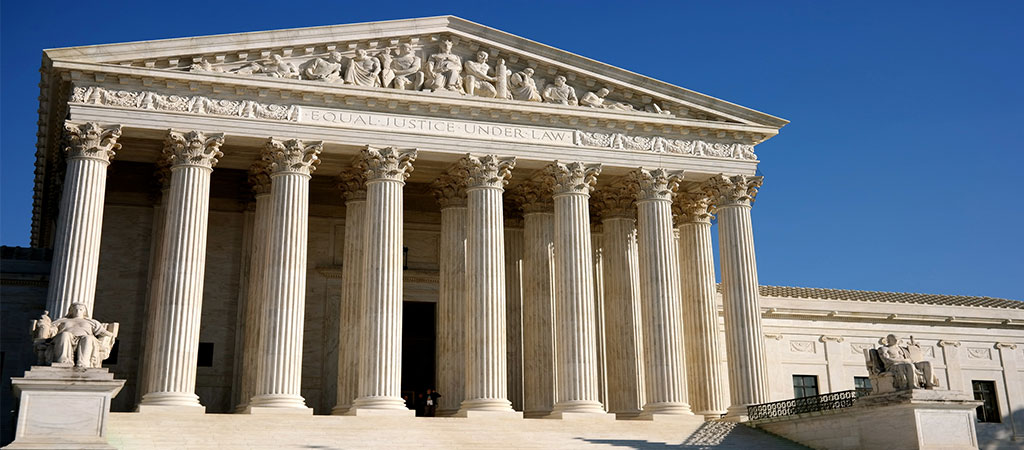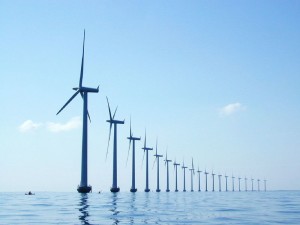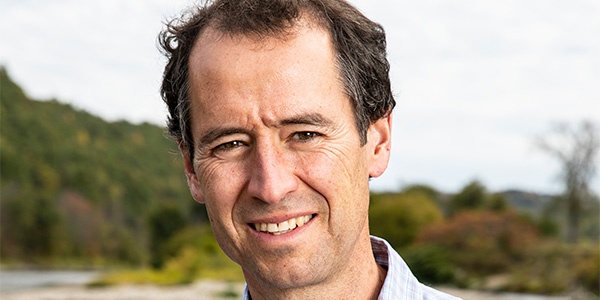We have much more to do and your continued support is needed now more than ever.
Progress Made in Addressing Climate Change

This ruling laid the foundation for meaningful federal actions under existing law that are achieving real pollution reductions and setting in motion forces that are rapidly cleaning up our energy sector to benefit wildlife.
Progress to Date
Before I delve into specifics, let’s take stock of where we were around the time Massachusetts v. EPA was issued. U.S. emissions were expected to continue along their unsustainable trajectory of a nearly 1% per year increase for the foreseeable future, and there was still talk of building more dirty coal power plants.

But that hasn’t happened. Based on data from the Energy Information Agency, the Rhodium Group estimates that carbon dioxide emissions from energy consumption (roughly 80% of the U.S. total) were 14% lower in 2015 than EIA had projected in 2008.
While the reasons for this are several – lower carbon intensity fuel, improvements in efficiency and the economic slowdown – much can be attributed to the growing commitment at all levels of government to change our energy future from a dirty one to a clean one, spurred in part by the realization that regulatory changes stemming from Massachusetts v. EPA were coming.
How Massachusetts v. EPA Changed the Game
Prior to Massachusetts v. EPA, carbon pollution was a federally unregulated and externalized cost. Coal plants, automobiles and other sources could spew these planet harming gases into the atmosphere without cost or consequence, both of which were to borne by the public and wildlife. For the first time, the Court concluded that EPA did have authority to regulate carbon pollution under the Clean Air Act.
Consequently, in 2009, based on the overwhelmingly scientific evidence, EPA found that carbon pollution does endanger public health and welfare, triggering a duty to regulate. As a result, in 2010 and 2012, EPA set tough new standards to reduce carbon pollution from new cars and SUVs, as well as from trucks and buses.
Then, in 2011, the Supreme Court ruled in American Electric Power v. Connecticut that EPA must also cut carbon pollution from the nation’s power plants. This opened the door to regulation of the nation’s most polluting sector, subjecting carbon pollution to limits like those that apply to other harmful air pollutants such as sulfur dioxide and mercury.

The Clean Power Plan
Under this mandate, EPA finalized the nation’s first ever rules governing carbon pollution emissions from power plants, the largest source in the U.S. EPA’s rules, entitled the Clean Power Plan, issued in August of 2015, set forth a flexible path for states to reduce power plants’ emissions a collective 32% over 2005 levels by 2030. The plan put an emphasis on states prioritizing clean energy sources over dirty ones like coal.
Ironically, the Supreme Court in February of this year put a temporary halt on the plan’s implementation while a lower court figures out whether EPA’s plan comports with the Clean Air Act.
EPA has a strong case and should prevail in court, ideally without too much delay in realizing the plan’s compliance goal of 2022. In the meantime, 19 states are moving forward with compliance plans knowing that cleaning up their power sectors makes sense economically and for wildlife.
The Path Ahead
Despite the setback of the Clean Power Plan stay, the world has changed dramatically in the last nine years and there is reason to be optimistic. Here are some of the highlights:
-

A price on carbon is needed to ensure we transition to clean energy sources. Photo by Mads Prahm, Flickr Renewable energies like solar and wind are growing at an astounding rate and becoming cost competitive with fossil fuels, revolutionizing how we get our energy. Last year, solar accounted for almost 30% of all new generating capacity, exceeding natural gas.
- The coal industry – one of the dirtiest sources of energy – is collapsing. The major coal companies have gone bankrupt, investors are pulling out, and huge mine proposals, like Otter Creek which would have dug up habitat in the heart of eastern Montana, are being cancelled.
- Many states are continuing to put in place forward looking energy policies, including carbon pricing mechanisms, that further promote renewables and, in the case of Oregon, will completely phase out coal from its energy mix.
- The vast offshore wind energy source off the populated east coast is finally being developed, with states shifting policies to ensure that this clean resource turns tomorrow’s lights on and creates today’s and tomorrow’s jobs.
Yet more needs to be done. The Clean Power Plan – even assuming it survives legal challenges – will not achieve the needed reductions to avert the worst impacts to wildlife from climate change. Congress must act, and a federal price on carbon is the final building block needed to complete the clean energy revolution to realize a world that is safe from the worst impacts of carbon pollution.
Massachusetts v. EPA has helped set the stage for that fix. It’s up to us to seize the opportunity to protect wildlife, clean up our air and water, and pass along a climate stable world to the next generation. Speak out for wildlife and climate action now!






















